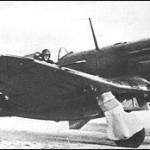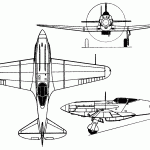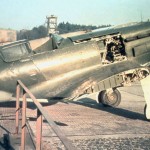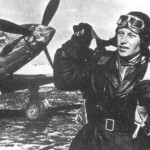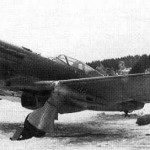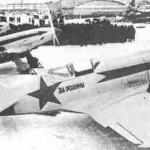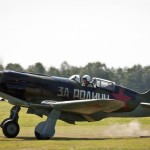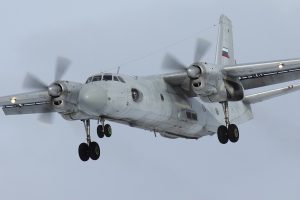
A Russian Air Force Antonov An-26 “Curl” cargo plane crashed on descent in Syria on Tuesday, killing all 32 people on board, according to the Russian Defense Ministry, as reported by the Associated Press.
The An-26 was landing with 26 passengers and six crew when it crashed 1,600 feet short of the runway.
The cargo plane was landing at the Hemeimeem military base, which Russia leases from Syria. The base is along the Mediterranean coast, far from the front lines of the ongoing Syrian Civil War. The plan did not come under fire, according to the Russians, who are blaming a “technical error” for the crash.
The An-26 is a venerable Soviet-era cargo plane in wide use throughout the world in military and civil service. More than 1,400 were built from 1969-1986 when production ceased. While the plane is a workhorse for many agencies, it is aging equipment and is quickly breaking down, with 17 reported crashes in the last 10 years. This incident is the sixth reported AN-26 crash since the beginning of 2017. In October 2017, a French An-26 crashed while landing in the Ivory Coast, killing four and wounding six. The French plane was Soviet built and 42 years old.
This is the second Russian Air Force An-26 lost in the Syrian Civil War. In 2015, another An-26 crashed while trying to land at an air base in Idlib Governorate.
The continued use of the An-26 is one of the many little chinks in the myth of modern Russian armor and armament. While Russia’s military has made great strides in recent years, the backbone of its military is still decades behind the U.S. and Europe. The majority of the several hundred Russian military cargo/transport planes are propeller-driven and were built when the Soviet Union still existed. Even its jet transports like the venerable IL-76 “Candid” has been around since 1971. Another problem for Russia is that Antonov is a Ukranian company. The modern, AN-148, introduced in 2009, has stalled for Russia because of slow production times and the cooling of diplomatic relations between Ukraine and Russia. As a result, the Russian military only has 12 of the modern passenger/cargo jets in service.
By comparison, while the United States Air Force still maintains and uses more than 300 C-130 “Hercules” variants of the Cold War prop-driven cargo plane, it has switched to the modern C-17A “Globemaster III” for much of its logistical work. The “Globemaster III” was first deployed in 1995, and the U.S. has more than 200 in service today.
While not commonly armed, interestingly, the An-26 was used as a bomber by the Sudanese Air Force during the Second Sudanese Civil War and the War in Darfur. Russian pilots also train with the AN-26 as a bomber simulator.
The twin-engine turboprop has a typical crew of five and can seat up to 40 people and carry cargo.
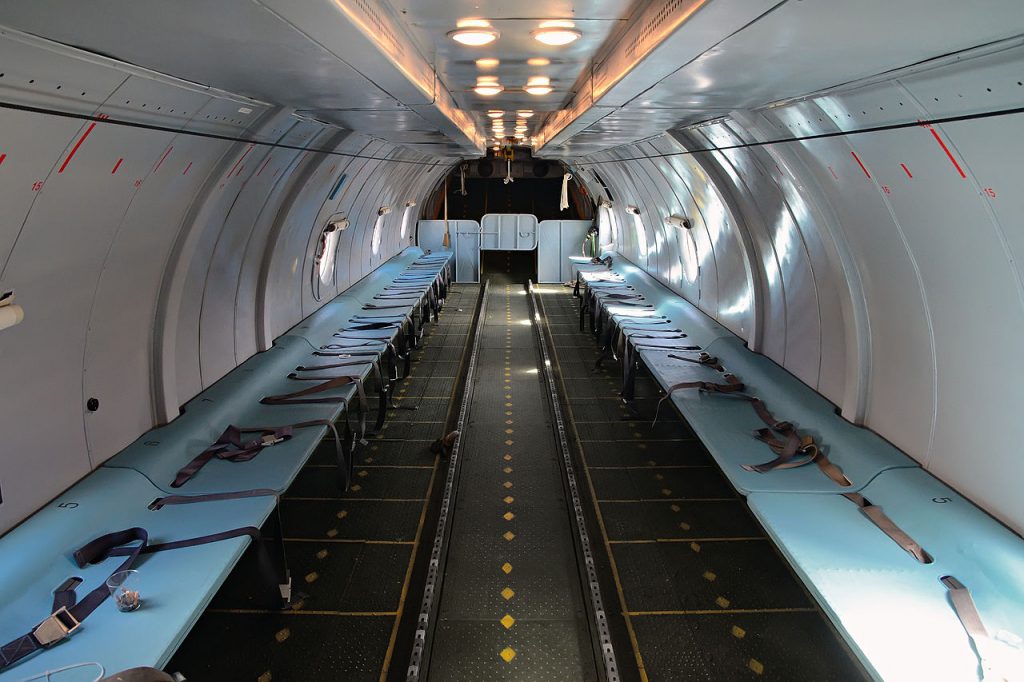
The Chinese transport Xian Y-7 is a derivative of the An-24 and An-26.


